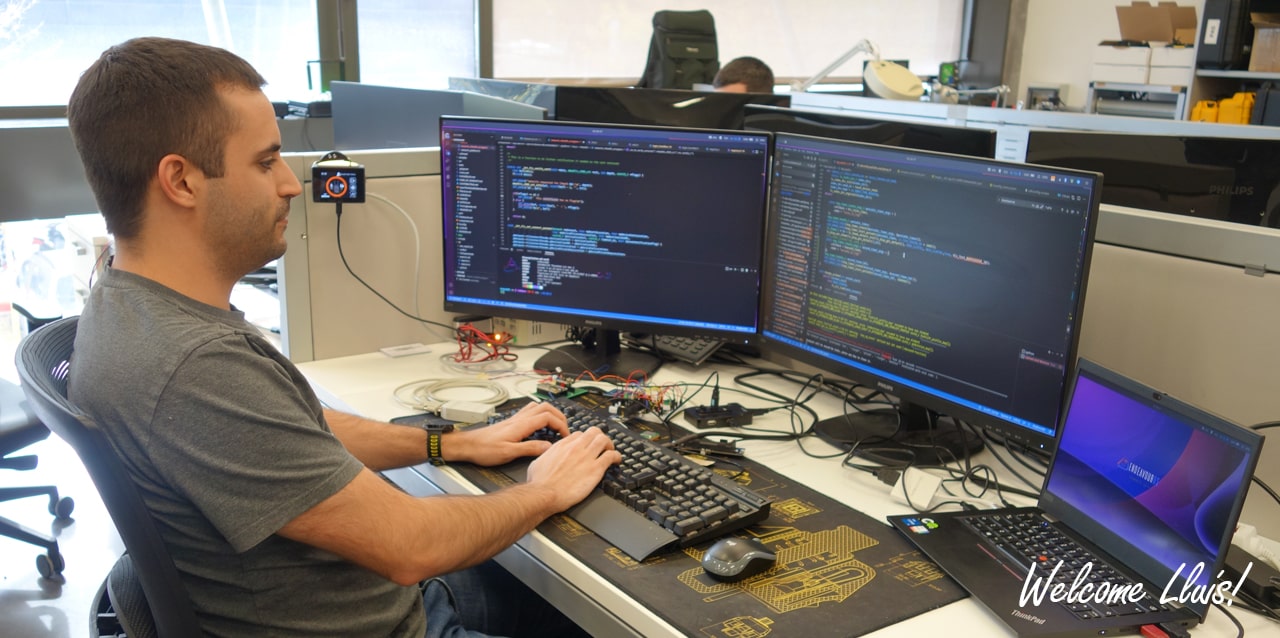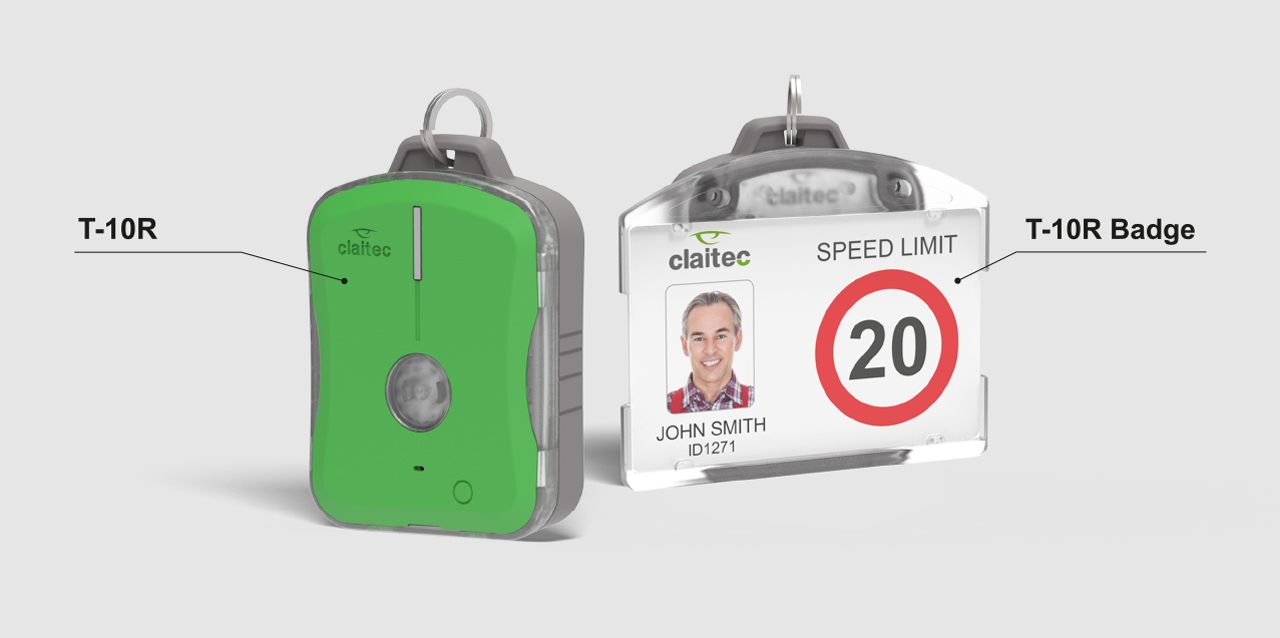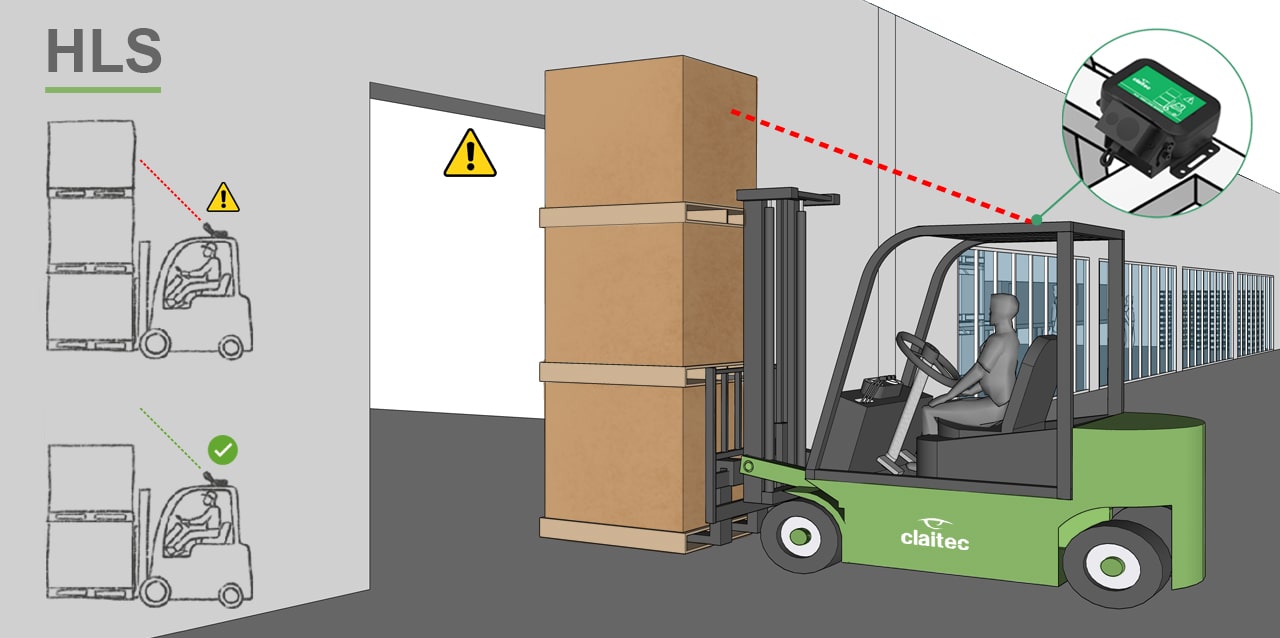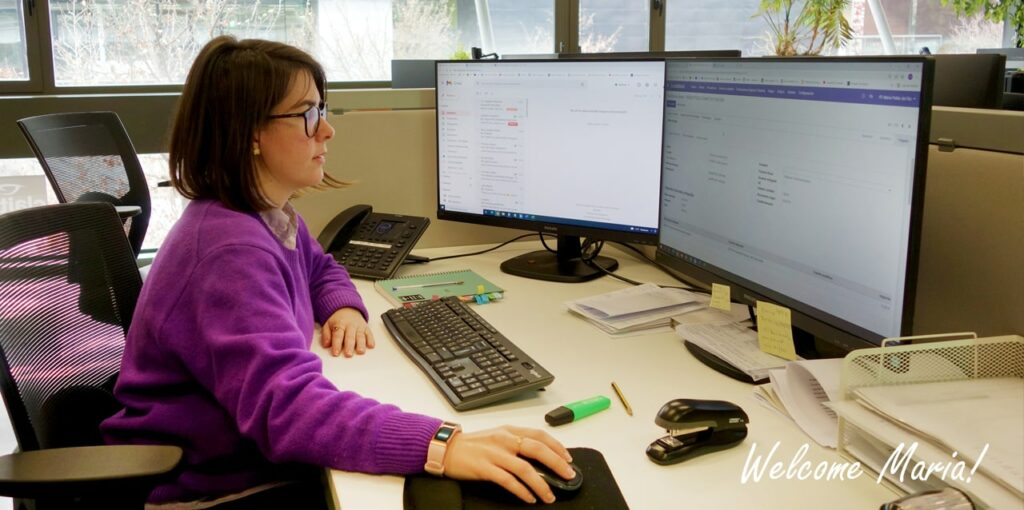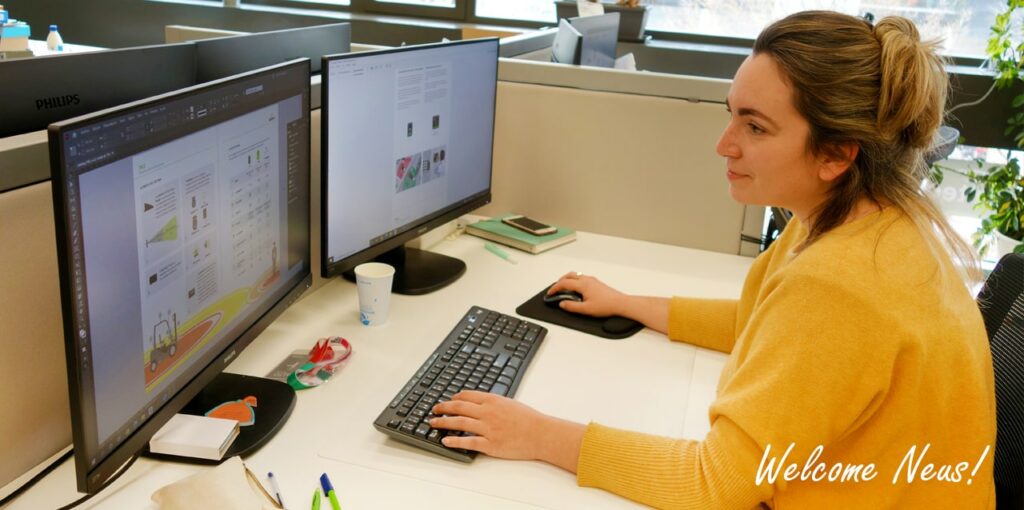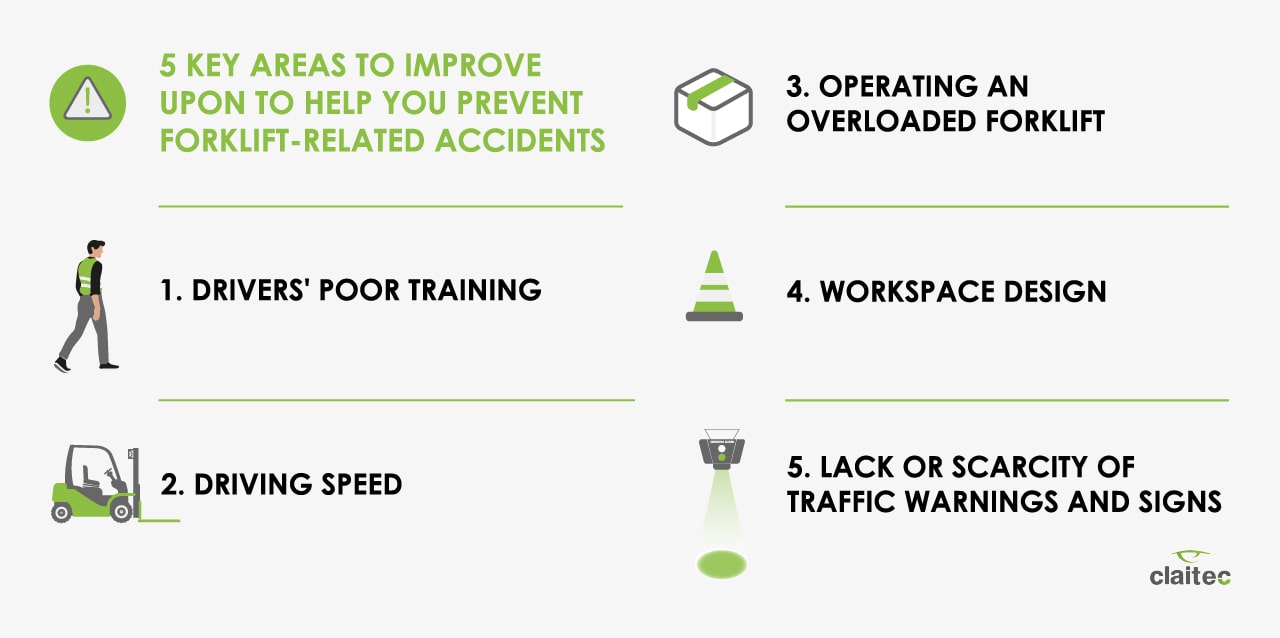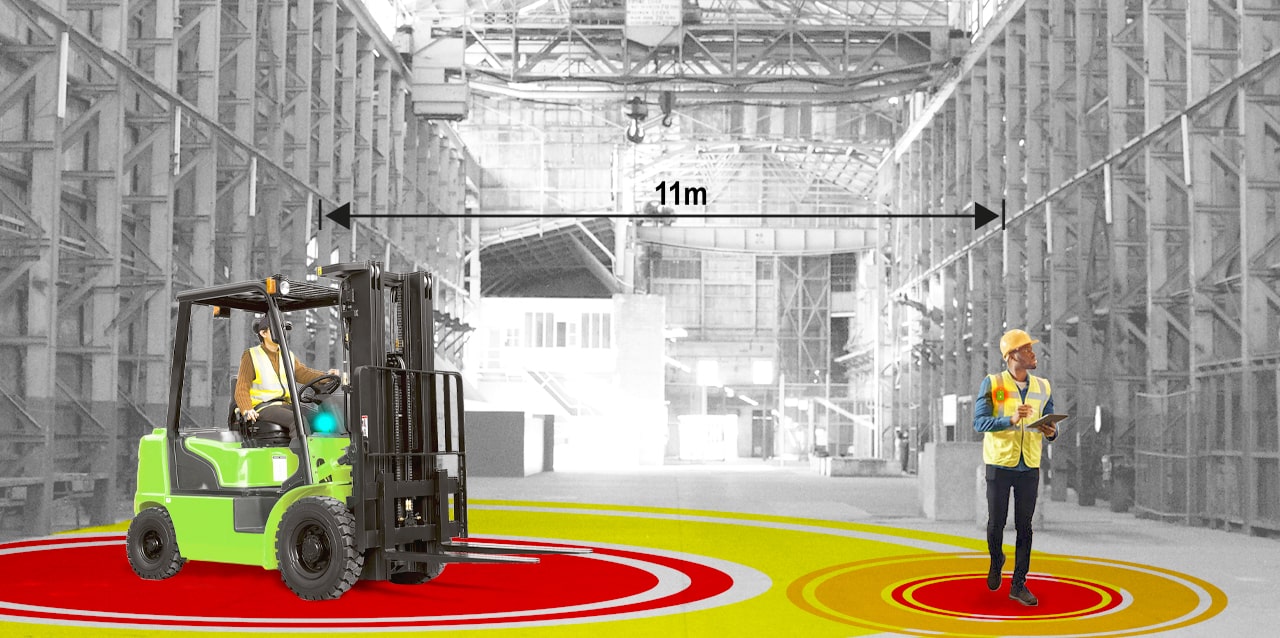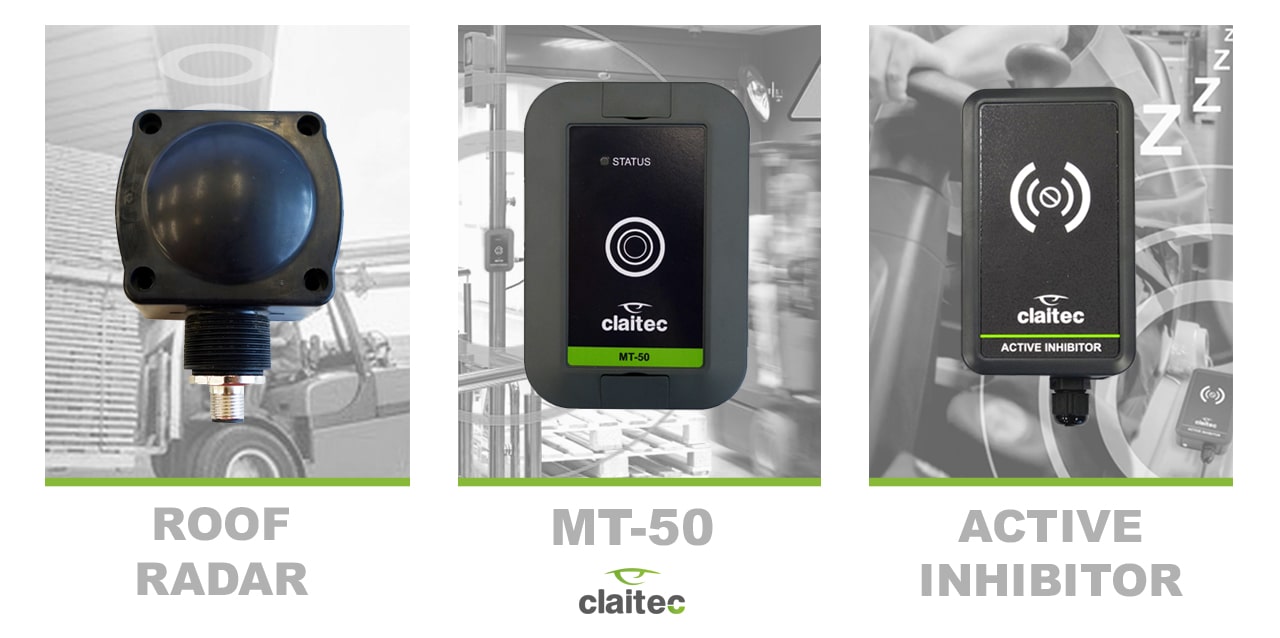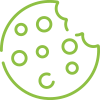
In our quest to improve health and safety at work we need to both pay attention to our customers’ requirements as well as finding creative solutions that provide real contributions to their work dynamics. In this post we highlight three of Claitec’s solutions that help improve safety and reduce workplace accidents in industries and workspaces from above.
Crossing Guard. An innovative and unique system developed by Claitec, this device is installed in the upper areas of warehouses to help avoid collisions or similar work accidents at intersections. When a vehicle or person approach an intersection, the crossing guard triggers a visual alert from the traffic lights and the projector to avoid a collision. The Crossing Guard system uses radar technology capable of differentiating between humans and forklifts and detecting whether the vehicle is approaching or leaving the intersection.
The VAS Solution. An innovative system that warns pedestrians and/or forklifts about potentially risky situations by projecting signals on the ground and organising the traffic of operators and vehicles. This solution has been achieving great results and is increasingly requested by our clients. It stands out for its ease of installation and durability.
Roof Radar. This innovative system is capable of detecting a roof when the vehicle enters a building and automatically reducing its speed until it leaves again. This very helpful device complements the safety features of the vehicle, generating safer workspaces and reducing the risks and possibilities of accidents.
Should you need more information on how to improve your levels of occupational safety, please don’t hesitate to get in touch.
